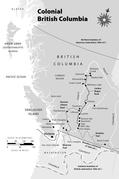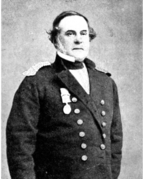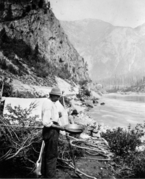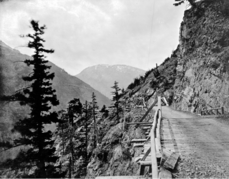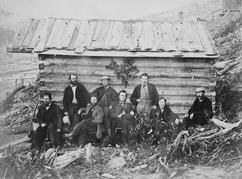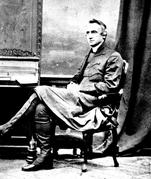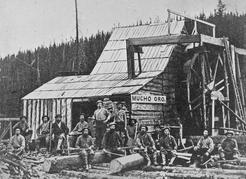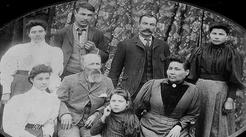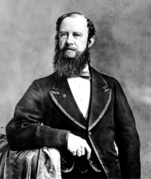Table of Contents
Preamble: Sensing the Past
For as long as I can remember, I have viewed British Columbia as a kind of promised land. Growing up in northwest Minnesota a few miles south of the Canadian border, I would, while waiting in the car...
Chapter 1: Today’s British Columbia Coming into View
The origins of British Columbia as an Indigenous place go back to time immemorial. Its location on the western edge of a continent, North America, and an ocean away from the adjacent continent of...
Chapter 2: The Year That Changed Everything (1858)
James Douglas’s governorship of Vancouver Island, following its acquisition by Britain in 1846, was one thing; to be landed with a gold rush on the mainland thirty times that island’s size was...
Chapter 3: James Douglas and the Colonial Office (1859–64)
James Douglas had singlehandedly—or rather doublehandedly along with the Colonial Office in faraway London headed by Sir Edward Bulwer Lytton—managed the 1858 gold rush across the vast, then...
Chapter 4: The Colonial Office in Action (1864–67)
Britain’s governance of its two remote colonies of Vancouver Island and British Columbia had never been easy. Indicative on a practical level was, Douglas explained in 1863, the twists and turns...
Chapter 5: The Moderating Influence of Bishop Hills (1860–63)
For all of the amazing tales of the origins and survival of the two remote British colonies of Vancouver Island and British Columbia, huddled together as they were on the far west coast of North...
Chapter 6: Taking Gold Miners Seriously (1858–71)
Beneath the surface of events, as penned from the top down—be it by James Douglas, Bishop Hills, or from within the Colonial Office—everyday life from 1858 onward was, in the future British...
Chapter 7: Crediting Indigenous Women
The tendency during the early years of non-Indigenous men’s presence in the future British Columbia to view Indigenous women as lesser persons than their non-Indigenous counterparts was...
Chapter 8: Along the Pathway to Canada (1866–71)
The pathway that the Colony of British Columbia took to Confederation with Canada in 1871 was neither even nor straightforward. While the notion of Confederation had been around, there was no...
Appendix
Members of the Colonial Office during the time covered by British Columbia in the Balance
Secretary of State for War and the Colonies
Henry George Grey, 3rd Earl...

